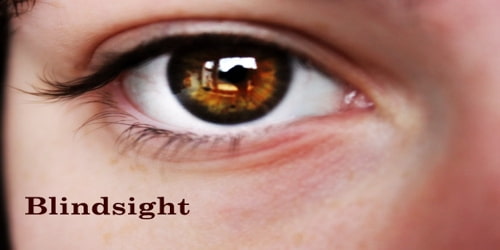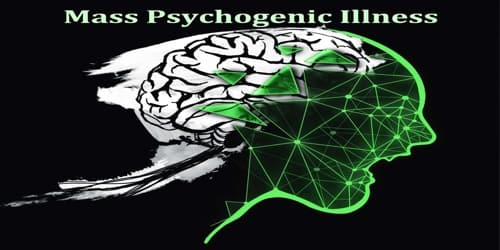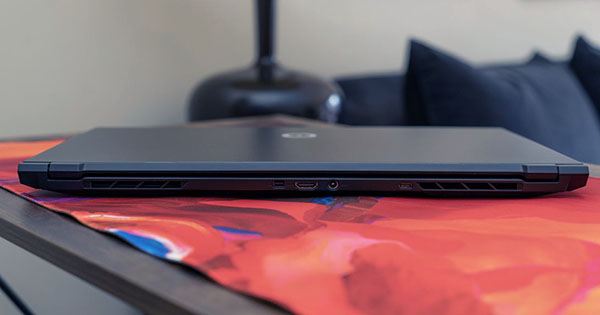Researchers from the University of Helsinki discovered that music can assist youngsters with hearing loss learn to talk. Parents, educators, speech therapists, and rehabilitation professionals can use the particular capabilities of music, according to the Finnish researchers. According to Ritva Torppa, a University Lecturer in Logopedics and speech therapist, music, particularly singing, helps the brains of children with hearing loss and their spoken language. The music playschool, speech-music group’s objective is to improve spoken and spoken language perception.
“These skills make children’s lives easier,” Torppa says in the article published in the Hearing Research journal. “Listening to speech, for example, in noisy surroundings becomes less stressful, while communicating with others and absorbing information in school and everyday life also becomes easier.”
Music in early childhood education has been shown to help everyone, even children with language problems, and to prepare the path for high-quality learning. Torppa and Professor of Education, Minna Huotilainen assembled their own findings and those of other researchers in an article published in the Hearing Research journal, demonstrating that musical activities develop children’s perception of prosody, such as rhythm and pitch variation, and spoken language.
The researchers have prepared the following suggestions based on their study and traditional auditory rehabilitation, music therapy techniques, and speech and language therapy procedures:
- Begin utilizing music in a systematic manner at a young age, before implantation or the use of hearing aids. To increase speech perception, continue musical activities for at least a year.
- Use bodily movements and orientations in the rhythm of the music.
- Sing, and use singing as your main instrument, especially with a young child.
- Be sure to use plenty of repetition.
- Involve youngsters in small groups in musical activities; utilize a variety of musical instruments and pictures/toys to deliver lyrics.
- Take turns singing
- Use computer games and apps to help the child perceive and produce sounds.
- Give advice to school music teachers.
- Support musical hobbies of teenagers with hearing impairments.
According to the study, music provides every child and the young person their own voice, a means of self-expression, and the opportunity to be heard. Huotilainen hopes that musical abilities will be better recognized in the training of early childhood educators and elementary school instructors. Huotilainen emphasizes the equality concept. Music in early childhood education and basic education helps everyone and ensures that children with language problems, those learning Finnish as a second language, and children with developmental impairments have access to high-quality learning.
“It would be great if the musical skills already acquired before university studies could be acknowledged at the entrance examination stage,” she suggests.
The study published in Hearing Research includes some basic rules for using music. Regardless of the kind of hearing impairment, the rules are appropriate for everyone.
















